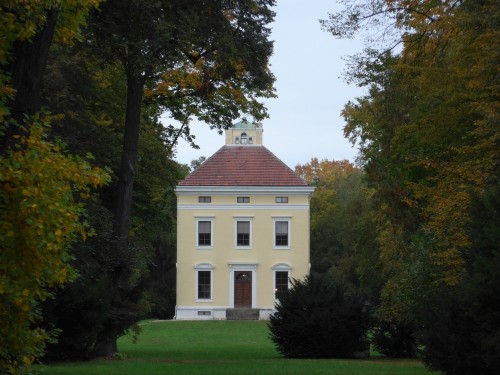The Dessau-Wörlitz Garden Realm is a breathtaking and absolutely unique series of parks and gardens from around 1770 with villas, pavilions and other structures scattered around these two towns in a remote part of eastern Germany, forming what is probably the world’s intact largest assemblage of neoclassical structures, gardens, and designed landscapes. Further, it was an early progenitor of what we now call environmental education and public access to green space. Sadly, it is little known even by Germans and almost not all outside Germany although the name Dessau is world-renowned as the home of the Bauhaus design school after it moved there from the town of Weimar.
A UNESCO World Heritage site since 2000, the Garden Realm is considered to be one of the earliest and most extensive introductions of Enlightenment thinking, values and neoclassical aesthetics into Germany from their origins in France and England. This seismic shift embraced humanistic reasoning, scholarly curiosity, and open-minded exploration. In terms of art and aesthetics, it marked a shift away from the baroque flamboyance and rococo excess of the 17th and early 18th centuries and towards restrained interpretations of classical Greek and Roman styles.
The Garden Realm was just one of a remarkable range of Enlightenment-related endeavors of the duke of Anhalt-Dessau, Leopold III, more commonly known as Fürst Franz (Prince Franz) or Friedrich Franz. He wanted to bring Enlightenment values and education to the general public, and so the parks were open to the public and included demonstration gardens and farms for agricultural education and research.
